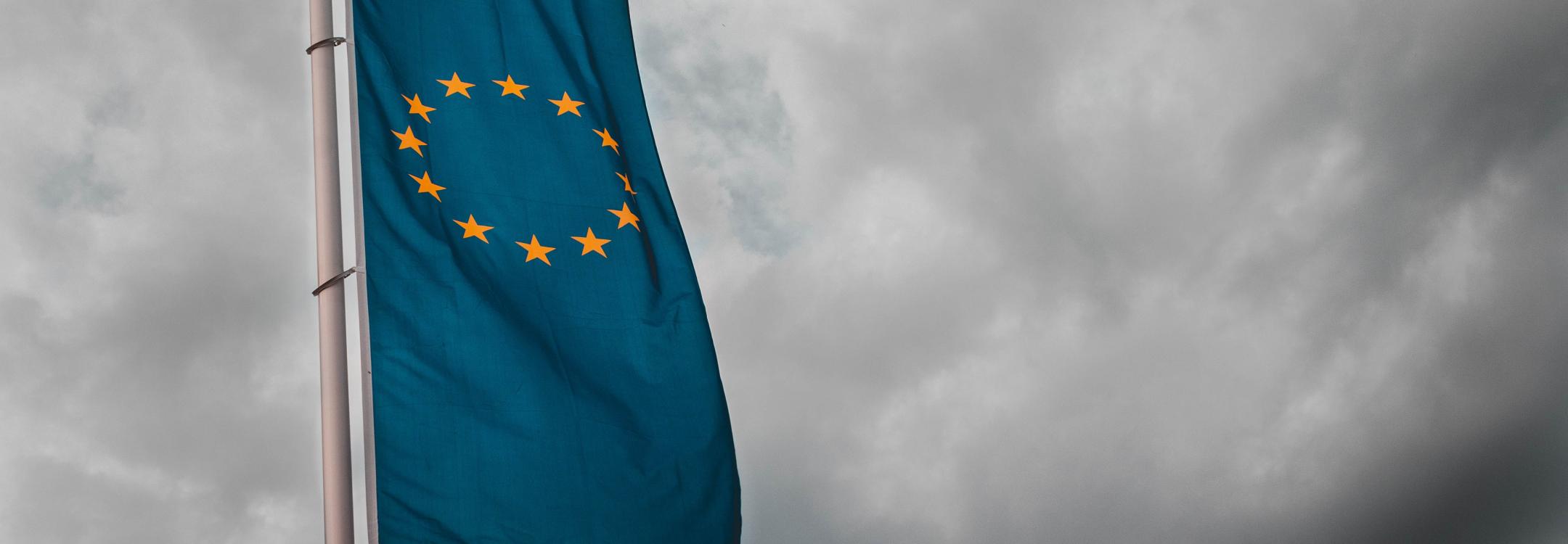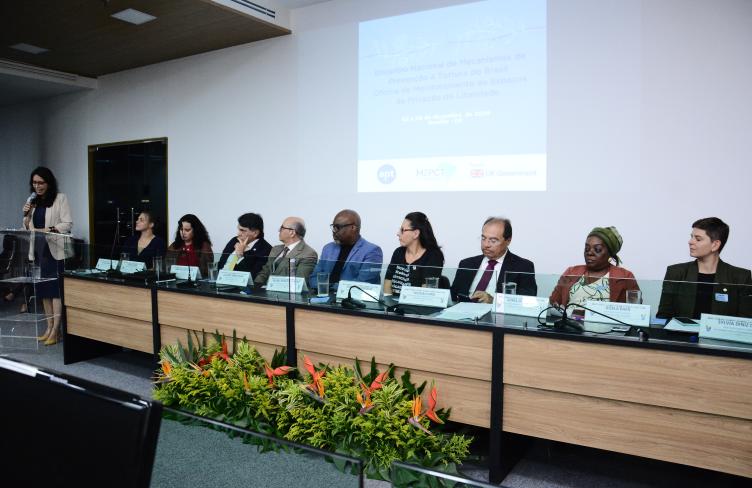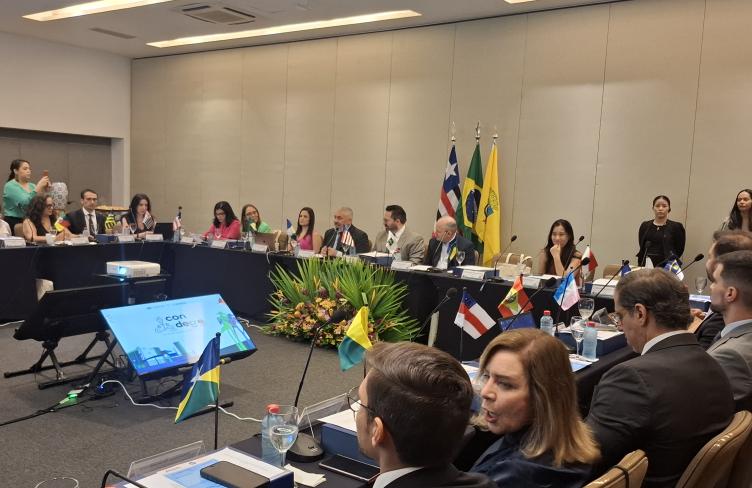
On 20 May 1990 members of the European Committee for the Prevention of Torture (CPT) carried out their first ever country visit, to Austria. What they found confirmed the intuition of Jean-Jacques Gautier: torture happens in secret. The Vienna police slapped, punched, kicked and struck detainees with heavy books during interrogations – and nobody knew what was going on.
Gautier had founded the Association for the Prevention of Torture in 1977 to promote the idea that one of the most effective ways to reduce torture is to allow outside experts to enter places of detention. In 1989, this idea became a reality in Europe with the creation of the CPT. Independent members - doctors, lawyers and criminologists - could now enter at any time, any place where people are deprived of their liberty, in all 15 member States of the Council of Europe. The first visit to Austria demonstrated all too well that the risk of torture exists everywhere, also in Europe.
When the APT organised a conference in Strasbourg in 1994, to review the first five years of the CPT, there was no doubt that this monitoring body was needed. It was doing a good job in visiting all types of places of detention in the 29 member States at the time. It was also developing standards and safeguards to protect persons deprived of their liberty.
Over the years, the enlargement of the Council of Europe and accession by States from Central Europe and the former Soviet Union posed a challenge in terms of standards and regularity of visits to all States. This was managed rather smoothly: the CPT maintained its pace of periodic visits to each country every 4-5 years, with additional ad hoc visits when needed. The committee visited Russia on numerous occasions and issued three public statements on the worrying situation in the Chechen Republic.
2006: A new, global system
A major change came in 2006. With the entry into force of the Optional Protocol to the UN Convention against Torture (OPCAT), the CPT was not alone anymore. The OPCAT created a global system of visits to places of detention and introduced new actors into the landscape. Most importantly, it established National Preventive Mechanisms, set up by States to carry out regular visits domestically. This development was in part inspired by recommendations of the CPT to create national inspection mechanisms. In Austria, for example, an independent police inspection body had been established already in 1999.
The CPT’s 20th anniversary, in 2009, was therefore an occasion to discuss new partnerships for prevention, within a Council of Europe of 47 States. Together with the CPT, the APT organised a seminar which gathered for the first time OPCAT bodies, States and NGOs, and raised hope for a new chapter in torture prevention in Europe.
2015: Time to take stock
So where are we now, 25 years after the first CPT visit to Austria?
The CPT is now visiting some States for the eighth or even tenth time. It still issues visit reports and recommendations; sometimes the same recommendations as after previous visits. It still receives allegations of ill-treatment by the police in many countries, ranging from excessive use of force during arrest to physical ill-treatment during interrogation.
Sometimes nothing seems to happen. Earlier this year, after ten visits and no show of progress, the CPT used the exceptional measure of issuing a public statement to denounce physical ill-treatment by the police and in prisons in Bulgaria.
However, there are important changes. Transparency in places of detention is now broadly accepted. The publication of CPT reports by States has become the rule rather than the exception. Most importantly, many of the recommendations in these reports have been implemented. The material conditions of detention have improved, even dramatically in some cases (for example, the removal of metal shutters from the windows in Ukrainian prisons). Key fundamental safeguards are in place, such as access to a lawyer immediately after arrest. This took time but is now guaranteed in almost all European States, at least in law if not always fully in practice.
New standards
As a positive sign of its weight and reliability, the European Court of Human Rights is increasingly referring to the CPT in its judgments, not only using visit reports as factual evidence on the conditions of detention, but more importantly basing its decision on CPT standards. Indeed, one of the main successes of the CPT is its role as a standard setting body. From the first year, it has developed substantive standards related to detention in specific places (police, prisons, psychiatric institutions) or of specific groups such as women, juveniles, migrants. These are now widely used as reference, not only by the European Court but also by National Preventive bodies which can monitor their implementation nationally.
This role comes however with a responsibility. The CPT seems more cautious today than it was 25 years ago. In its last annual report, in the name of realism, it accepts solitary confinement of children for up to three days, under strict conditions - but still! What is not prohibited is often considered by States as authorised. This “pragmatic” approach is in contrast to the United Nations Special Rapporteur on Torture, whose recent report recommends prohibition of solitary confinement for children. Regional and universal standards do not need to fully match but contradictory standards create confusion and open the door for non-compliance by States.
Need for more openness
Such a situation could probably be avoided with more communication. While respecting the need for confidentiality, there is room for increased dialogue and synergies between the CPT and international bodies, National Preventive Mechanisms and civil society. Indeed, torture prevention is no solo race and we know by experience that it requires the combined efforts of all.
The European Committee for the Prevention of Torture is now a mature institution, and has proved its indisputable value. But even mature institutions need to look back. When the CPT in March 2015 organised a conference for its 25th anniversary, it missed the opportunity for such stock taking and self-evaluation. A strong CPT is as necessary as it was 25 years ago but only partnerships between all torture prevention actors will achieve a torture free Europe.
Photo: Council of Europe video, 'Preventing Torture'.


